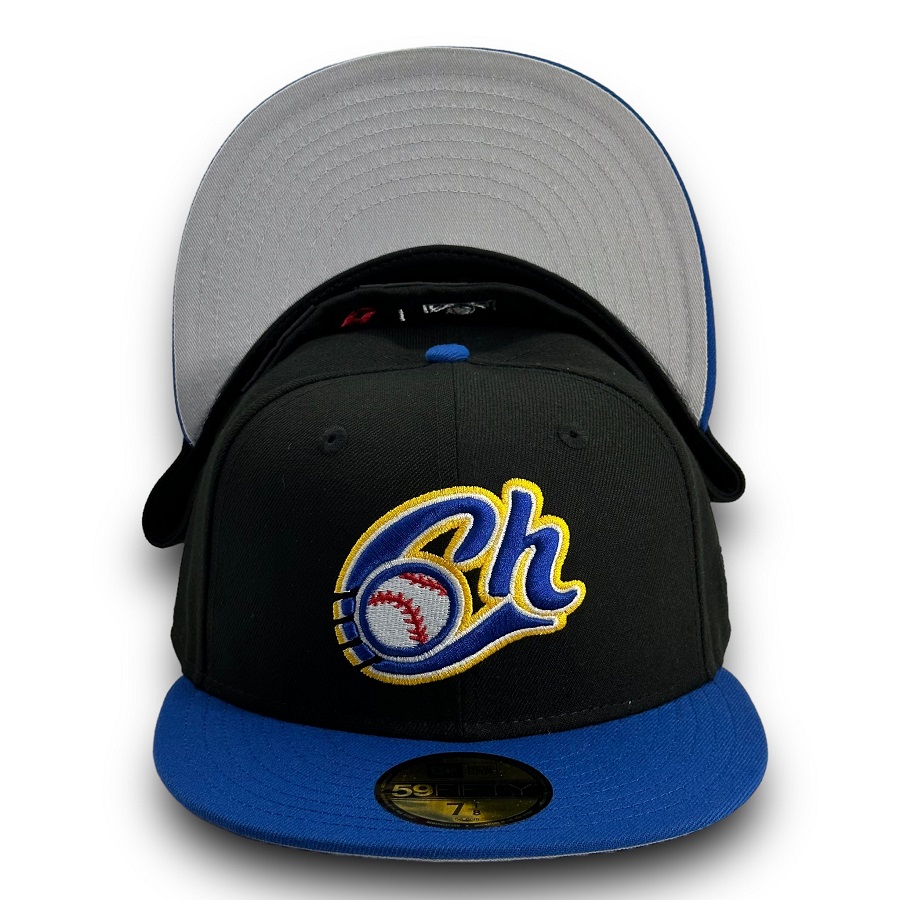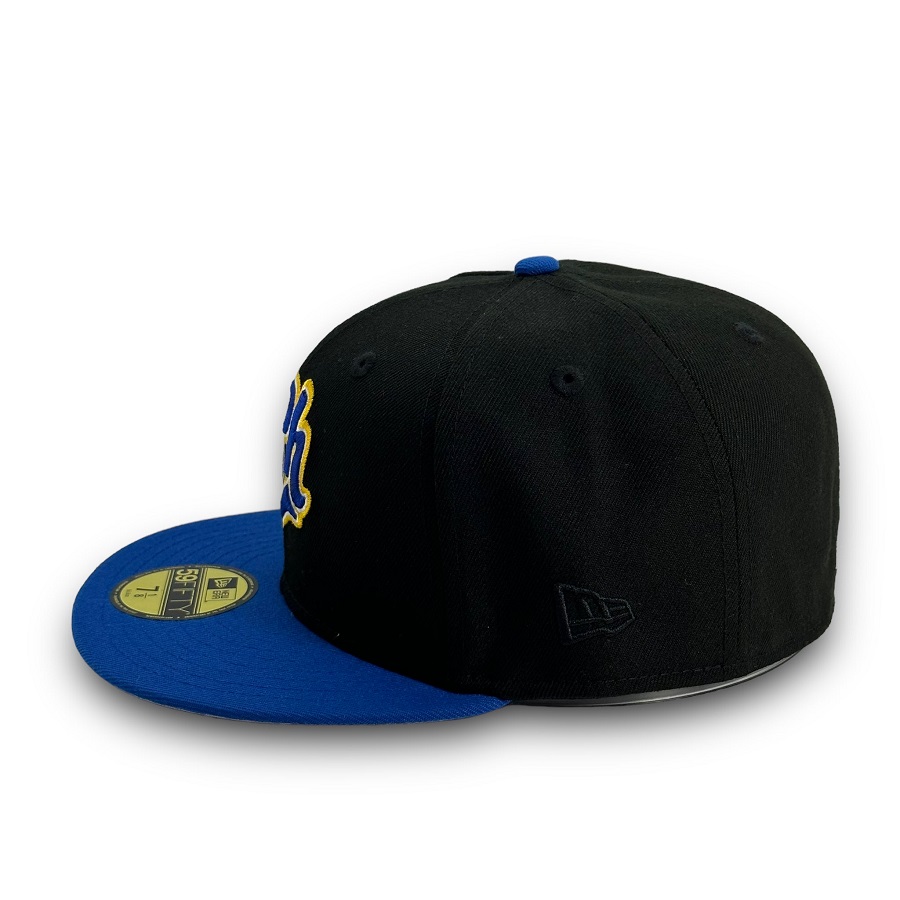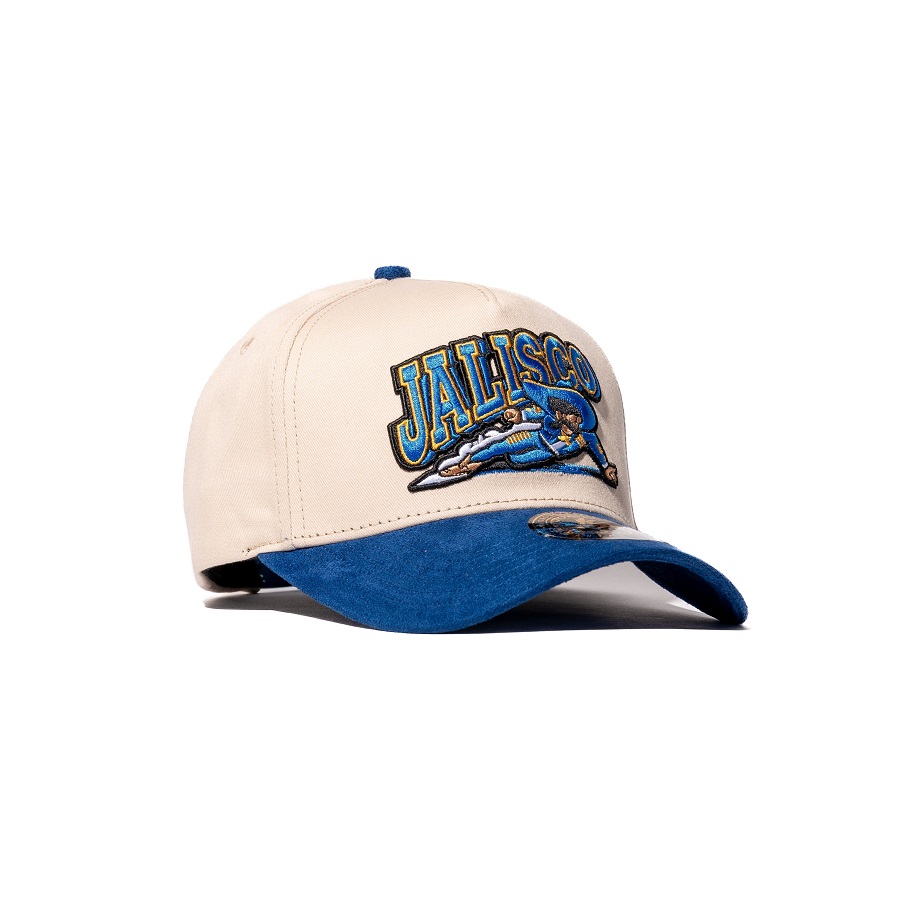Introduction
The Charros de Jalisco hats, known for their intricate designs and historical significance, are much more than mere accessories; they are cultural symbols that carry the rich legacy of Mexico’s equestrian tradition. Rooted in a centuries-old heritage, the charro hat represents the artistry, pride, and spirited essence of the Jalisco region. Let’s explore this timeless elegance, from its origins to its contemporary relevance.

Origins of Charros de Jalisco Hats
The charro hat, or “sombrero charro,” traces its roots back to the 19th century in Mexico. Originally designed for the skilled horsemen known as charros, these hats were essential for both practical and ceremonial purposes. The charro emerged as a quintessential figure in Mexican culture, embodying a fusion of ranching, rodeo, and festive traditions.
Charros are not merely horsemen; they are part of a cultural legacy that reflects values of bravery, honor, and respect for nature. As such, their attire embodies elegance and functionality, with the hat serving as a focal point. Made from premium materials like felt or straw, these hats are both durable and stylish, allowing charros to perform in comfort while showcasing their status.
Craftsmanship and Design
One of the most defining features of Charros de Jalisco hats is their exquisite craftsmanship. Each hat is often hand-crafted by skilled artisans who are dedicated to preserving traditional techniques passed down through generations. The process can be labor-intensive, involving meticulous steps such as weaving, molding, and decorating.
Materials
Traditionally, charro hats are made from high-quality felt or straw, with felt being favored for its warmth and resilience. The materials not only ensure that the hats withstand various weather conditions but also enhance their visual appeal. The use of vibrant colors, intricate embroidery, and unique embellishments adds layers of meaning and artistry.
Embellishments
Embellishments often vary depending on the occasion or the individual wearing the hat. Decorative elements like silver bands, feathers, or embroidered designs can signify social status, regional identity, and personal style. For example, specific embroidery patterns can represent different towns or families, creating a rich tapestry of cultural significance.
Symbolism and Cultural Importance
Charro hats are more than just functional headwear; they are powerful symbols of Mexican identity and pride. They signify a connection to the land, the history of the charro, and the traditions that continue to shape Mexican culture today.
Regional Pride
In Jalisco, the birthplace of mariachi music and charro culture, the hat serves as an emblem of regional pride. Jalisco is known for its vibrant celebrations, rodeos, and charreada (traditional Mexican rodeo events), where wearing a charro hat is almost mandatory. It connects the wearer with their roots, honorably representing their community and heritage.
Festivals and Events
Charro hats are essential during festivals and events, particularly during “fiestas patrias” and Día de los Muertos celebrations. Charros often wear them as part of their traditional attire, showcasing the elegance and grace that characterize their performances. These hats become talismans of joy, culture, and remembrance, reflecting the vibrant spirit of Mexican festivities.
Modern Adaptations and Global Influence
In recent years, charros and their iconic hats have captured the attention of a global audience, transcending borders and inspiring fashion trends. Designers have begun to incorporate charro elements into contemporary wardrobes, blending tradition with modern aesthetics. This fusion has led to a resurgence of interest in charro culture, not just in Mexico but around the world.
Fashion Trends
Fashion designers have embraced the charro hat in their collections, utilizing its distinctive shape and design in runway shows and casual wear. The hat’s return to popular culture awakens a desire to reconnect with heritage and showcases its adaptability to contemporary style. It has become a symbol of versatility, while still remaining rooted in cultural significance.
Preservation of Tradition
Organizations and artisans are working diligently to preserve the craftsmanship and heritage associated with Charros de Jalisco hats. Workshops, educational programs, and cultural initiatives aim to share knowledge about traditional techniques and their importance in Mexican history. These efforts ensure that future generations will continue to appreciate the beauty and significance of charro hats.

The History of Charro Hats
The Charro hat, known as a sombrero de charro, has its origins in the rural regions of Mexico, where cowboys, or “charros”, needed a functional yet stylish headpiece for their various activities. Initially utilitarian, the hat evolved over centuries, paralleling the growth of the charro tradition itself. By the 19th century, it began to gain prominence during fiestas and rodeos, eventually becoming a staple in the traditional Mexican costume.
With roots deeply embedded in the Jalisco region, the Charros began to adopt and adapt European design influences, culminating in a unique style revered for its grandeur and elegance. The materials used have ranged from straw to felt, each lending its own character and functionality to the hat, influenced by both local resources and cultural exchanges.
Craftsmanship: The Art of Hat Making
Creating a Charros de Jalisco hat involves an intricate process that showcases the skills of master artisans. From selecting premium materials to shaping, detailing, and finishing the hat, every stage demands precision and expertise.
- Material Selection
The choice of material is paramount in hat design. Traditional Charros hats are often made from high-quality felt or straw, with felt providing warmth and sturdiness while straw offers breathability. Master hatters meticulously select the finest materials, ensuring durability and aesthetic appeal.
- Shaping and Constructing
After the material is chosen, the hat maker begins the shaping process. Using a combination of steam and molds, the felt is sculpted into the iconic wide-brim shape, which can range from subtle curves to dramatic peaks. Each turn of the brim and height of the crown is a reflection of the artisan’s vision and style.
- Decoration and Detailing
What sets Charros hats apart are the exquisite details that adorn them. Traditional embellishments, such as intricate embroidery, decorative bands, and beaded accents, play a significant role in defining the hat’s significance. Colors often hold symbolic meanings, with vibrant hues representing various cultural narratives, social status, and personal stories. Artisan techniques such as bordado (embroidery), pintura (painting), and entrelazado (braiding) are used to create exceptional designs that no two hats ever look the same.
- Finishing Touches
Once the main elements are in place, the finishing touches are applied. This includes ensuring the interior is comfortable, often featuring sweatbands or linings made from soft fabrics. The final product is then meticulously inspected for quality—each hat representing the culmination of hundreds of hours of dedicated craftsmanship.
The Symbolism of Charro Hats
Charros de Jalisco hats are far more than simple accessories; they are potent symbols loaded with cultural significance. Wearing a Charro hat is often viewed as a badge of honor, highlighting one’s connection to Mexican heritage, deep respect for tradition, and a celebration of life’s special moments.
- Cultural Identity: The hat acts as a bridge, connecting the present generation with their ancestors. Each stitching and design element tells stories of love, honor, and strength.
- Status and Prestige: In traditional rodeos and fiestas, the elegance of the hat can symbolize social status. The more ornate and elaborately designed the hat, the higher the pedigree of the wearer.
- Celebration of Heritage: During national celebrations and cultural events, Charro hats become a focal point of traditional attire, emphasizing the pride Mexican people have in their roots.
The Future of Charro Hats
As globalization intertwines with local traditions, the future of Charros de Jalisco hats is an exciting prospect. Contemporary designers are now experimenting with modern aesthetics while maintaining the essence of traditional craftsmanship. The use of sustainable materials is becoming increasingly prominent, marrying environmental responsibility with heritage.
Additionally, there is a growing interest in preserving the craft, with workshops and educational programs focused on passing skills to younger generations. This renewed interest ensures that the timeless beauty of Charros hats continues to inspire and resonate.

Conclusion
The Charros de Jalisco hat is not just an accessory; it embodies a world of tradition, artistry, and cultural identity. Its timeless elegance reflects the spirit of the charro and the enduring legacy of Jalisco. As it evolves, the hat remains a potent symbol of pride and a testament to the rich tapestry of Mexican culture. Whether worn during festive occasions or as a style statement, the charro hat stands as an enduring emblem of heritage, elegance, and cultural resilience. In its presence, we find a reminder of the values, stories, and identities that define us—a true cultural symbol that transcends time.
